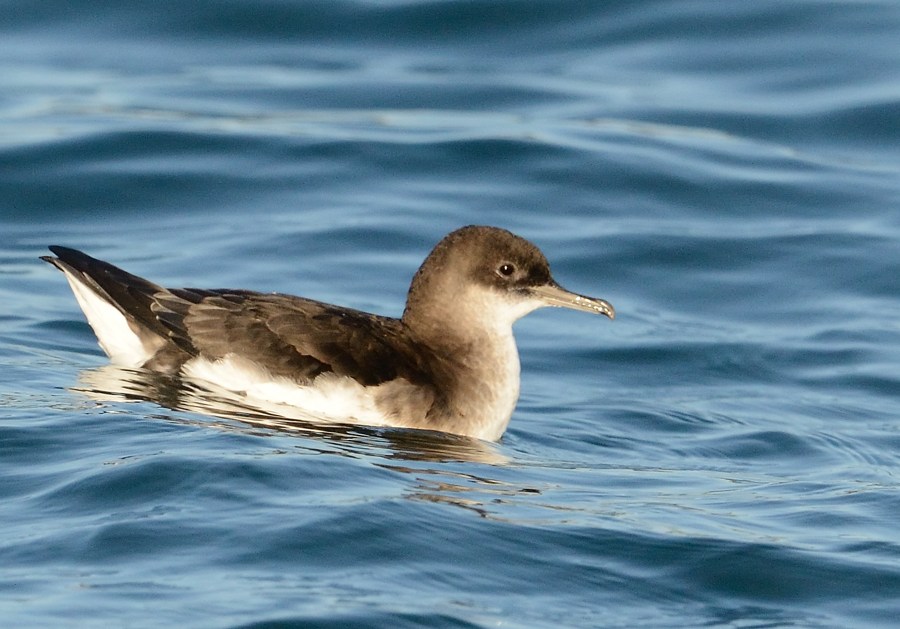Martin Berg (Centre for Animal Movement Research, Lund University, Sweden) and colleagues have published open access in the online journal PLoS ONE on at-sea movements of tracked Fluttering Shearwaters Puffnius gavia (Least Concern although declining), a species endemic to New Zealand.
The paper’s abstract follows:
“We present the first study to examine the year-round distribution, activity patterns, and habitat use of one of New Zealand’s most common seabirds, the fluttering shearwater (Puffinus gavia). Seven adults from Burgess Island, in the Hauraki Gulf, and one individual from Long Island, in the Marlborough Sounds, were successfully tracked with combined light-saltwater immersion loggers for one to three years. Our tracking data confirms that fluttering shearwaters employ different overwintering dispersal strategies, where three out of eight individuals, for at least one of the three years when they were being tracked, crossed the Tasman Sea to forage over coastal waters along eastern Tasmania and southeastern Australia. Resident birds stayed confined to waters of northern and central New Zealand year-round. Although birds frequently foraged over pelagic shelf waters, the majority of tracking locations were found over shallow waters close to the coast. All birds foraged predominantly in daylight and frequently visited the colony at night throughout the year. We found no significant inter-seasonal differences in the activity patterns, or between migratory and resident individuals. Although further studies of inter-colony variation in different age groups will be necessary, this study presents novel insights into year-round distribution, activity patterns and habitat use of the fluttering shearwater, which provide valuable baseline information for conservation as well as for further ecological studies.”

Fluttering Shearwater at sea, photograph by Kirk Zufelt
Reference:
Berg, M., Linnebjerg, J.F., Taylor, G., Ismar-Rebitz, S.M.H., Bell, M., Gaskin, C.P., Åkesson, S. & Rayner, M.J. 2019. Year-round distribution, activity patterns and habitat use of a poorly studied pelagic seabird, the fluttering shearwater Puffinus gavia. PLoS ONE 14(8): e0219986. doi.org/10.1371/journal.pone.0219986.
John Cooper, ACAP Information Officer, 20 August 2019

 English
English  Français
Français  Español
Español